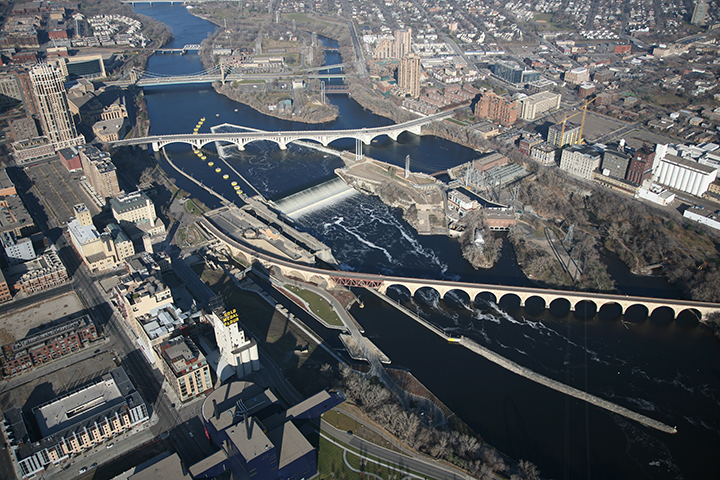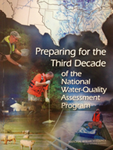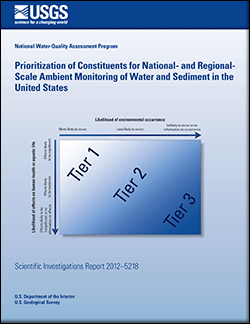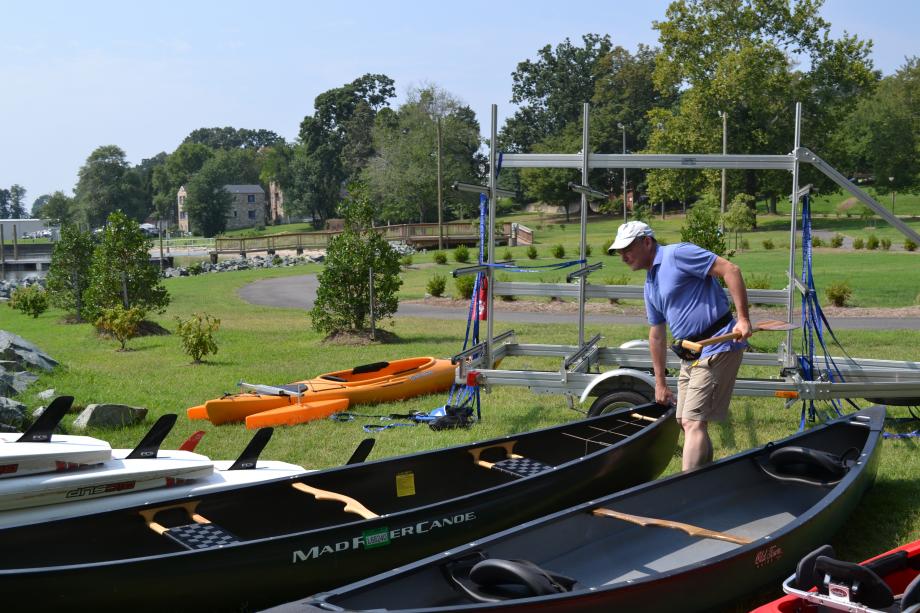On September 19, the House Transportation and Infrastructure Committee passed its
Water Resources Reform and Development Act (H.R. 3080), a major water resources authorization bill, on a voice vote, setting up its consideration sometime this fall by the full House.
Here is a Section-by-Section overview of the House bill (known as "WRRDA"), provided by the Transportation and Infrastructure Committee (PDF file). The
Committee WRRDA web page additionally provides a "Whiteboard Video explains our new bill," along with links to the bill text and a Committee information package.
Based upon indications contained in a legislative priorities'
memo from House Leader Eric Cantor to GOP members earlier in September, the bill should be voted on by the full House sometime this autumn. The Senate version of the bill, the "
Water Resources Development Act of 2013," was passed in May by a 83-14 vote. Assuming WRRDA passes the House, the two bills would likely head to a Senate-House conference committee, during which conferees would attempt to reconcile their differences.
Here is an analysis of the Senate bill, particularly as it relates to Mississippi River Basin water issues.
While authorizing 23 navigation, flood protection and ecosystem restoration projects, WRRDA also establishes a new procedural mechanism to approve new, future projects, and proposes to reform existing Army Corps of Engineers' procedures, by arguably streamlining the project review process and capping the cost of project studies. In addition to those and other sections of the bill of a more national scope, the House draft measure contains several provisions that directly reference and would impact Mississippi River Basin and Gulf Coast waters. Here are several such provisions of note:
Section 116 of the bill requires the Corps of Engineers, as part of the President's annual budget process, to report to Congress on the prioritization of federal actions to be carried out during the next fiscal year to mitigate for fish and wildlife losses as a result of Corps of Engineers projects in the Missouri River Basin. The wording calls for the Corps' report to "assist in the prioritization of Federal activities" related to a Missouri River Bank Stabilization and Navigation Project designed to repair channel stabilization structures on the Missouri River as a result of damage sustained during the flood of 2011 (in Missouri, Kansas, Iowa, and Nebraska). The report to Congress is to include:
- " an inventory of all Federal actions taken and a prioritization of all Federal actions planned in furtherance of the project, including an inventory of lands owned, acquired, or directly controlled by the Federal Government, and lands enrolled in federally-assisted conservation programs;
- "a description of the specific Federal actions proposed for the upcoming fiscal year in furtherance of the project;
- "an assessment of the progress made in furtherance of the project, including a description of how each of the actions identified under paragraph (1) have impacted such progress; and
- "an assessment of additional actions necessary to achieve the results of the project."
 |
| Upper St. Anthony Falls Lock and Dam |
Section 219 would require the Army Corps of Engineers to complete a study of and submit a report to Congress on the impact on the economy and environment of closing the Upper St. Anthony Falls Lock and Dam (on the Mississippi River in Minneapolis, MN). Closure of that Lock and Dam has been proposed as a means to lower the probability of invasive and damaging Asian carp from moving farther upriver. The bill would require mandatory closure of the Lock and Dam if "the annual average (barge navigation goods) tonnage moving through the Upper
St. Anthony Falls Lock and Dam during the preceding 5 years was not more than
1,500,000 tons."
The
Lucas-Berg Pit confined disposal facility in Illinois would be one of 15 Army Corps' projects deauthorized by the bill in
Section 304. That project is described by the bill as the "portion of the project for navigation, Illinois Waterway and Grand Calumet River, Illinois, authorized by the first section of the Act entitled 'An Act authorizing the construction of certain public works on rivers and harbors for flood control, and for other purposes'"). The navigation channel in question (in conjunction with the Chicago Sanitary and Ship Canal) connects Lake Michigan with the Illinois Waterway system.
Projects described in six Army Corps' Mississippi River Basin or Gulf Coast feasibility studies are authorized for construction under Section 401 of the bill. They include three flood risk management projects (Topeka, KS, Cedar River, Cedar Rapids, IA, and Ohio River Shoreline, Paducah, KY), and three environmental restoration projects (Louisiana Coastal Area, LA, Marsh Lake, MN, Louisiana Coastal Area- Barataria Basin Barrier, LA).
The Lower Ohio River, Locks and Dams 52 and 53 navigation project (known as the "Olmsted Lock and Dam" project, in Illinois and Kentucky), authorized the 1988 of the Water Resources Development Act, would be modified under the provisions of Section 402 of the bill. The modification consists of effectively of capping the project construction at a total cost of $2,300,000,000, with an initial Federal share of the cost being the same, $2,300,000,000.
The bill was sponsored by Committee Chair Bill Shuster (R-9- PA) and Committee Ranking Member Nick Rahall (D-3-WV), Water Resources and Environment Subcommittee Chair Bob Gibbs (R-7-OH) and Subcommittee Ranking Member Tim Bishop (D-1-NY).














